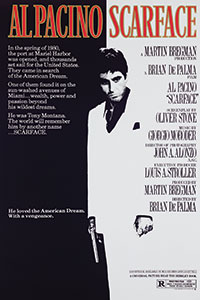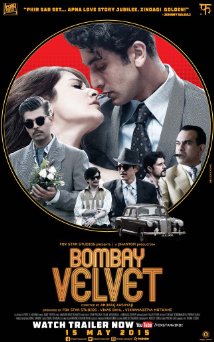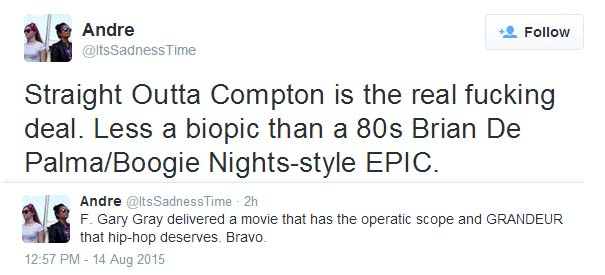JOACHIM TRIER ON 'LOUDER THAN BOMBS'
FAN OF DE PALMA, ROEG - WORKS INTUITIVELY "IN WHAT I CALL DIRTY FORMALISM, OR POP FORMALISM"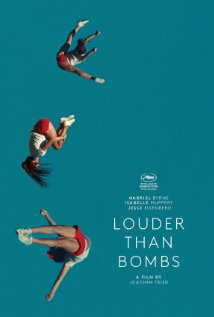
This past June, I
posted a link with an excerpt from a Cannes interview with
Joachim Trier, in which the director talked about writing and creating a diary section (a kind of movie within the movie) of his new film
Louder Than Bombs. In that interview, Trier told
The Upcoming's Christian Herschmann that prior to discovering the social realist films of
Ken Loach,
Steven Frears, and
Mike Leigh, "I was really into
Antonioni, Alain Resnais and Brian De Palma. I wanted montage and the break of the image and the form to be really at the essence of what I did, and I think I changed."
In responding to Herschmann's question of how he became interested in the sort of written text being presented "in a very visual way, as a montage of imagery" (which Herschmann points out was also used in Trier's
Oslo, August 31st), Trier states, "I still have one foot in that kind of formalism. Showing thought patterns in cinema through montage I find very interesting. And it’s been appropriated by commercials, but I always try to show that it could be more expressive and, ideally, more complex."
In a new interview posted yesterday by Variety's Jon Asp (from the Norwegian Film Festival at Haugesund), Trier is asked how he comes up with ideas. "I like working intuitively," Trier responds, "in what I call dirty formalism, or pop formalism. I jokingly say that our films should be like great albums with different songs. I am a big fan of Nicolas Roeg, Don’t Look Now, which could be very specific conceptual things, but it was a warm formalism, it didn’t alienate you. I’m also a very big fan of Brian De Palma. I believe in the idea of doing a cinematic set piece, like Conrad’s diary, it’s like film in itself, or the car crash sequence with Isabelle, and the association of the son thinking of his mother and the last moments of her death, are whole set pieces, a film within the film. So it’s like an album. You have different songs, hopefully most of them are hits."
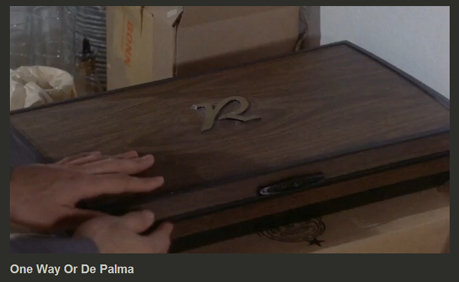 Joe Ahearne, the writer/director whose Trance was recently made into an excellent feature film directed by Danny Boyle, edited together an amazing supercut of shots from Brian De Palma films set to Blondie's One Way Or Another. Titled One Way Or De Palma, the video was put together with great revelatory skill by someone who obviously knows these movies very well. This has to be the best "megamix" of De Palma's films I've seen yet-- it's a stunner, done with superb care and wit. Below is the tweet from Edgar Wright that brought my attention to the video (I cannot embed the video, so you'll have to watch it on Vimeo, where you can also download it).
Joe Ahearne, the writer/director whose Trance was recently made into an excellent feature film directed by Danny Boyle, edited together an amazing supercut of shots from Brian De Palma films set to Blondie's One Way Or Another. Titled One Way Or De Palma, the video was put together with great revelatory skill by someone who obviously knows these movies very well. This has to be the best "megamix" of De Palma's films I've seen yet-- it's a stunner, done with superb care and wit. Below is the tweet from Edgar Wright that brought my attention to the video (I cannot embed the video, so you'll have to watch it on Vimeo, where you can also download it).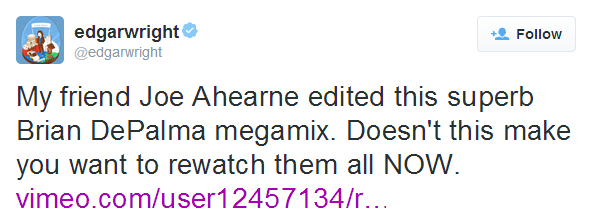

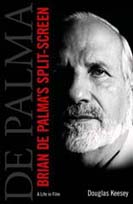
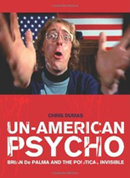

 Italian TV channel Studio Universal will present a tribute to Brian De Palma to mark his 75th birthday on September 11, 2015, according to
Italian TV channel Studio Universal will present a tribute to Brian De Palma to mark his 75th birthday on September 11, 2015, according to  This past June, I
This past June, I 
 The
The 
 Brian De Palma was among the guests at the New York premiere of Noah Baumbach and Greta Gerwig's Mistress America, which took place last Wednesday, August 12, at Landmark Sunshine Cinema. According to
Brian De Palma was among the guests at the New York premiere of Noah Baumbach and Greta Gerwig's Mistress America, which took place last Wednesday, August 12, at Landmark Sunshine Cinema. According to 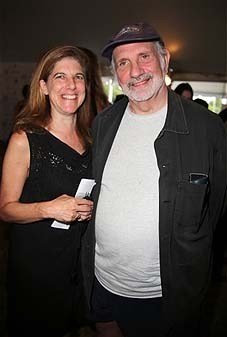 A few days before the Baumbach premiere, Sonia Moskowitz snapped this photo (at right) of De Palma and an unnamed friend on August 8, at the
A few days before the Baumbach premiere, Sonia Moskowitz snapped this photo (at right) of De Palma and an unnamed friend on August 8, at the 